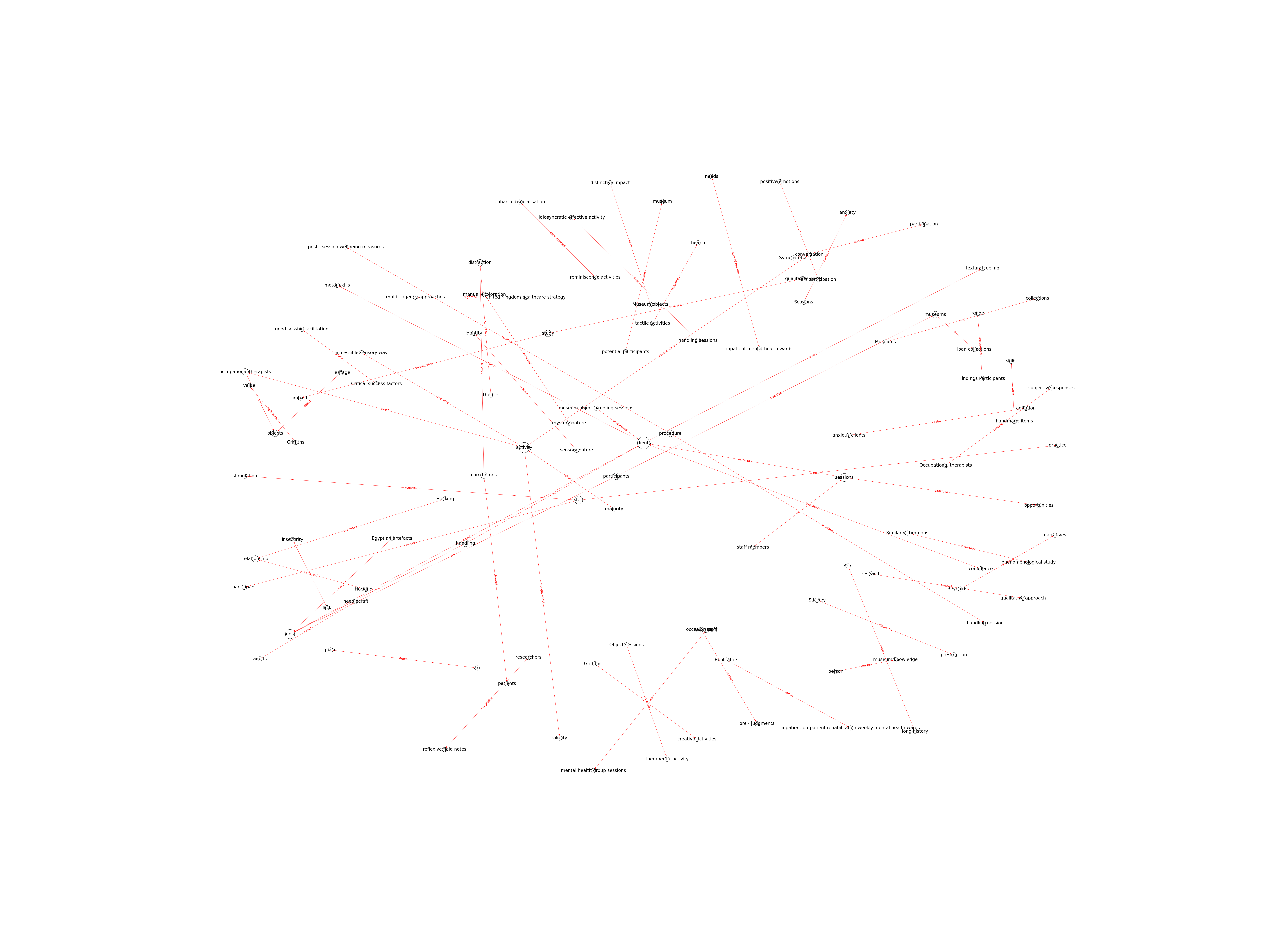| Id | 724 | |
| Author | Ander E.E., Thomson L.J.M., Blair K., Noble G., Menon U., Lanceley A., Chatterjee H.J. | |
| Title | Using museum objects to improve wellbeing in mental health service users and neurological rehabilitation clients | |
| Reference | Ander E.E., Thomson L.J.M., Blair K., Noble G., Menon U., Lanceley A., Chatterjee H.J.; Using museum objects to improve wellbeing in mental health service users and neurological rehabilitation clients ;British Journal of Occupational Therapy vol:76 issue: 5 page:208.0 |
|
| Keywords | Museum object; Qualitative analysis; Wellbeing |
|
| Link to article | https://www.scopus.com/inward/record.uri?eid=2-s2.0-84878468610&doi=10.4276%2f030802213X13679275042645&partnerID=40&md5=8ad2c853f96fca7da69ed79e1104d49a |
|
| Abstract | The study investigated the impact of museum object handling sessions on hospital clients receiving occupational therapy in neurological rehabilitation and in an older adult acute inpatient mental health service. Methods: The research used a qualitative approach based on objectivist and constructionist methods, from which themes typical of the object handling sessions were derived. Results: Themes emerging from detailed analysis of discourse involving clients (n = 82) and healthcare staff (n = 8) comprised: distraction and decreasing negative emotion; increasing vitality and participation; tactile stimulation; conversational and social skills; increasing a sense of identity; novel perspectives and thoughts; learning new things; enjoyment and positive emotion. Critical success factors included good session facilitation for mitigating insecurity, ward staff support and the use of authentic heritage objects. Conclusion: Museums and their collections can be a valuable addition to cultural and arts occupations, in particular for long-stay hospital clients. © The College of Occupational Therapists Ltd. |
|
| Metodology | Technique |

Note: Due to lack of computing power, results have been previously created and saved in database


